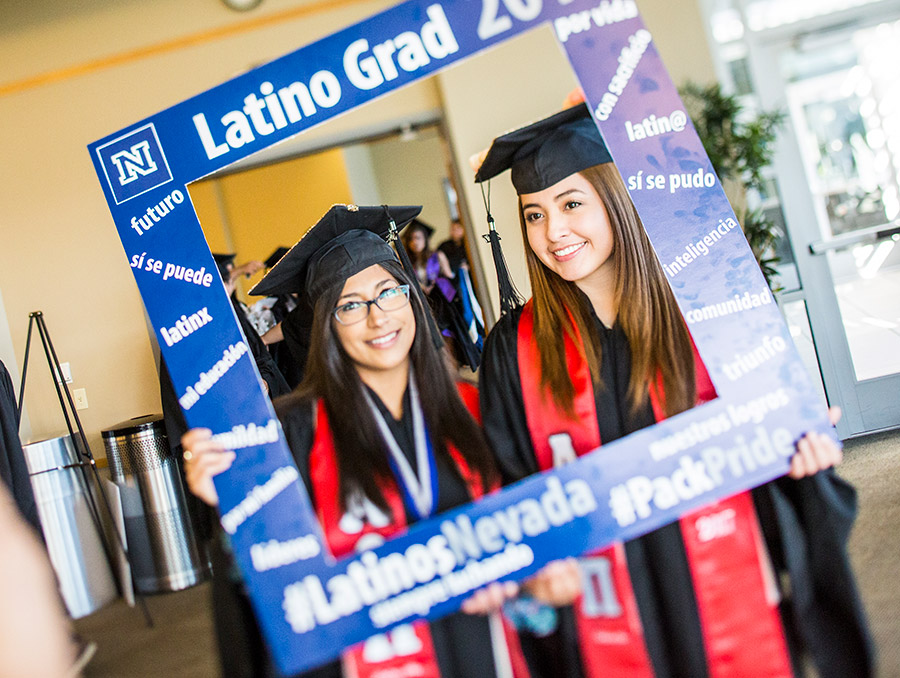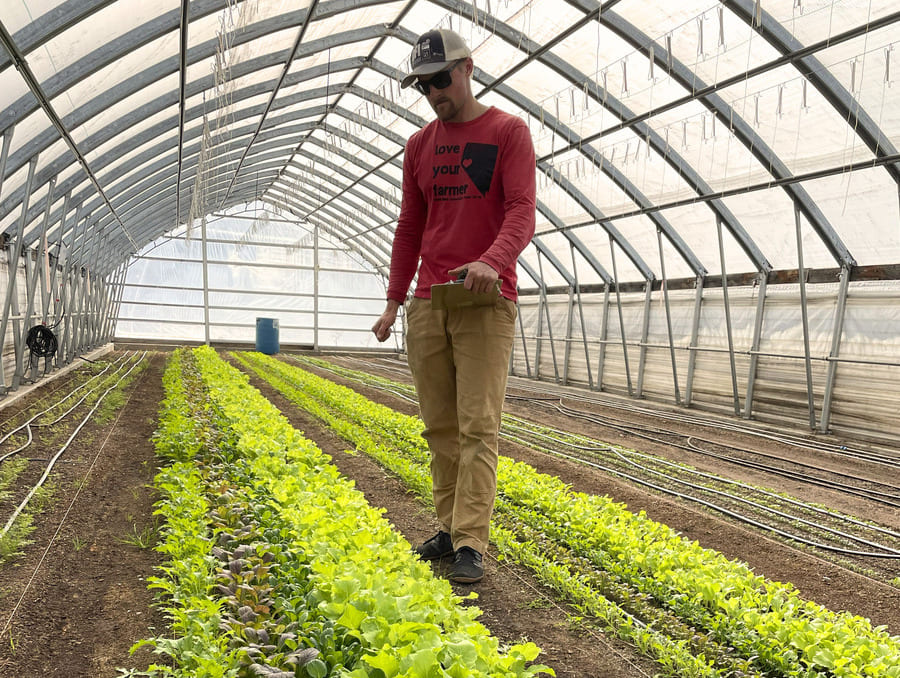
As we celebrate Hispanic/Lantinx heritage month, we often overlook the challenges and barriers that exist for this population in higher education. Although work has been in place to help remove many of the long-rooted barriers, there is still much that can be done to enhance the success of Hispanic/Latinx students. As institutions strive to obtain a Hispanic Serving Institution designation, it's important to keep some of the issues outlined below in mind in order to help this population feel comfortable with higher education and succeed in the long run.
What are the largest obstacles preventing Hispanic/Latinx students from entering higher education?
Significant obstacles preventing this population from entering systems of higher education are a possible lack of social capital and cultural capital. These two areas can enable all students and their families to better understand how to navigate aspects related to access and success in higher education, including areas related to how to seek support, where to find it, and engaging in other social and networking efforts.
In brief, cultural capital helps students have the knowledge and skills that they can draw upon to navigate our systems of higher education, which have specific expectations, norms and values. I would be remiss if I did not mention economic capital, as it can drive access to resources related to higher education attainment. At the same time, too often, a deficit focus takes conversation, including the root of this specific question, but we need to maintain an asset-based focus that centers on the strengths and opportunities that help support Hispanic/Latinx students to enter and succeed in higher education.
For example, this can include understanding that our students are multicultural, have often broadly engaged in adult-focused responsibilities (such as translating documents for families, supporting financial processes, and engaging with the workforce), can effectively code switch or understand alternative contexts, along with often having many linguistic assets that have long been known to translate to academic success. As a Latina, I always recall an incident when I was in first-grade in which we were doing a read-aloud session and my classmates started laughing because I mispronounced a word, but my first-grade teacher interjected and said that I actually spoke two languages and expressed an asset-based focus – this small act was powerful and transformational!
What are the biggest barriers to successfully completing college for Hispanic/Latinx students?
Hispanic/Latinx students are often identified and treated as a monolithic group or as one umbrella term, but Hispanic/Latinx students are very diverse, and it is essential that we support and work to understand this diversity in higher education to remove barriers toward successful completion. This can begin with enhancing the climate and culture that will not only benefit Hispanic/Latinx students but again, all students. As such, the distinction between climate and culture remains essential because climate can be even the smallest of things, such as the signage on campus, names of buildings, groups that exist, and such; whereas culture reflects our shared beliefs and values and permeates everyone within our institution.
This can lend itself to better supporting peer interactions to provide a sense of belonging, as well as to work to have faculty and staff representation on campus. All of this can lead to all-around initiatives related to enhanced support services, advising, mentoring, and strengthened course articulation to remove systemic barriers.
What is imposter syndrome? How does it affect student success for Hispanic/Latinx students?
To loosely define: imposter syndrome is a self-belief that one does not belong in a certain place or position, with doubts of skills, talents, and accomplishments, despite the contrary. Feeling like a fraud in any situation can have grave consequences, such as added stress and overall mental health concerns because the syndrome can have a persistent fear of failure. It is important for all students to recognize such feelings and remember that much has been accomplished to reach higher education. Mentorship and support (tied back to social and cultural capital) can help individuals navigate imposter syndrome. You belong here – remember that!
How can higher education change to better support the Hispanic/Latinx youth?
We all need to challenge ourselves and our higher education systems to better support Hispanic/Latinx youth. We see counter-stories, testimonios, and lived experiences that continue to demonstrate the opportunities for growth and change. Higher education systems cannot afford to simply talk about change, but there must be clear action (i.e., walk the talk) that helps to eliminate existing barriers. We all have to take part in these efforts, together.
About Jafeth Sanchez, Ph.D.
Jafeth Sanchez, Ph.D. is an associate professor and focuses on developing high quality school leaders in K12 education. Her research agenda is on educational leadership practices, organizational change efforts, gender and ethnic equity, outreach, student resiliency, P16 alignment, and GEAR UP outcomes.















